January 2025
FEATURES
Advancing MPD operations with integrated riser joint technology
As energy demand increases worldwide, interest in ultra-deepwater exploration continues to rise. Meeting global operational requirements demands the technological advancement and safety benefits that MPD technology provides, enabling safer drilling in complex geological formations with narrow pressure margins.


